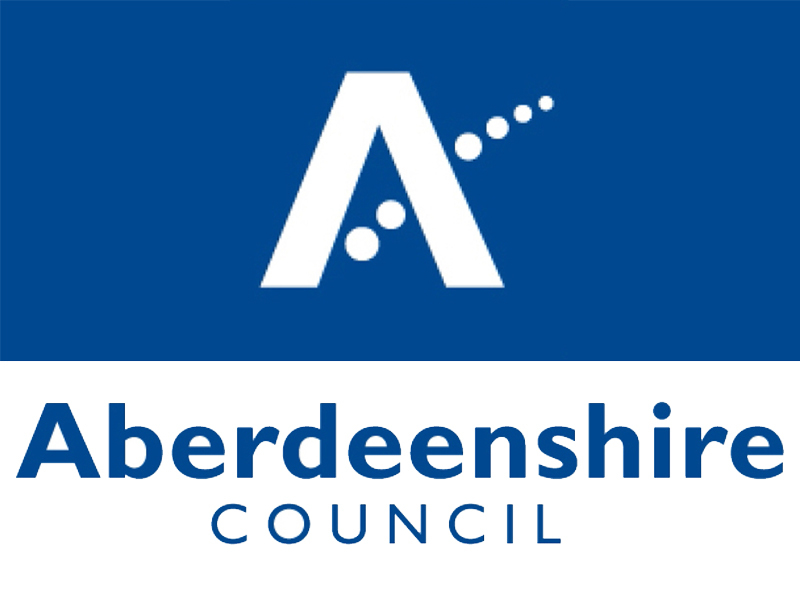Concerns have been raised about discipline in Aberdeenshire primary schools after it emerged pupils were temporarily excluded more than 100 times for physically assaulting or attacking staff in the last three years.
Figures released yesterday showed 19 pupils were told to stay at home on 23 occasions for attacking teachers and other workers in 2011-12.
There were 32 exclusions involving 24 pupils in 2012-13, and 48 exclusions involving 36 pupils in 2013-14.
In Aberdeenshire’s secondary schools, there were six exclusions in both 2013-14 and 2012-13 and eight in 2011-12.
North-east Tory MSP Alex Johnstone said the primary school figures did not “bode well” for the future.
“A zero-tolerance approach, where teachers are empowered to take the action necessary is vital,” he added.
“Parents also have a significant responsibility to ensure discipline in the homes because good practice in the home will lead to good behaviour in the classroom.”
Vincent Docherty, head of Aberdeenshire Council’s children’s services, said the authority took all allegations of assault “very seriously”.
“While the overall number of incidents remains low, any increase is disappointing and we will continue our work to ensure that positive behaviour programmes allow the highest standard of learning and teaching to take place in all of our schools,” he added.
Figures released by the Tories showed pupils in Aberdeen schools physically assaulted or attacked teachers on 412 occasions between 2010-2013.
There were 359 physical and verbal assaults on teachers in Moray schools, 50 incidents in Orkney schools and 47 in Shetland schools between 2011-14.
Fourteen of Scotland’s 32 councils reported an increase in assaults over the last three years.
A total of 1,879 incidents were reported in 2013-14, which was down on 2012-13 but 16% higher than 2011-12.
Larry Flanagan, general secretary of teaching union the Educational Institute of Scotland (EIS), suggested that cuts to specialist behavioural support staff in schools and increasing class sizes could be to blame.
He said the union had a zero tolerance policy on violence and intimidation and the police should be involved if necessary.
A Scottish Government spokesman said the vast majority of pupils were well-behaved but any attack on a teacher was “one too many”.
